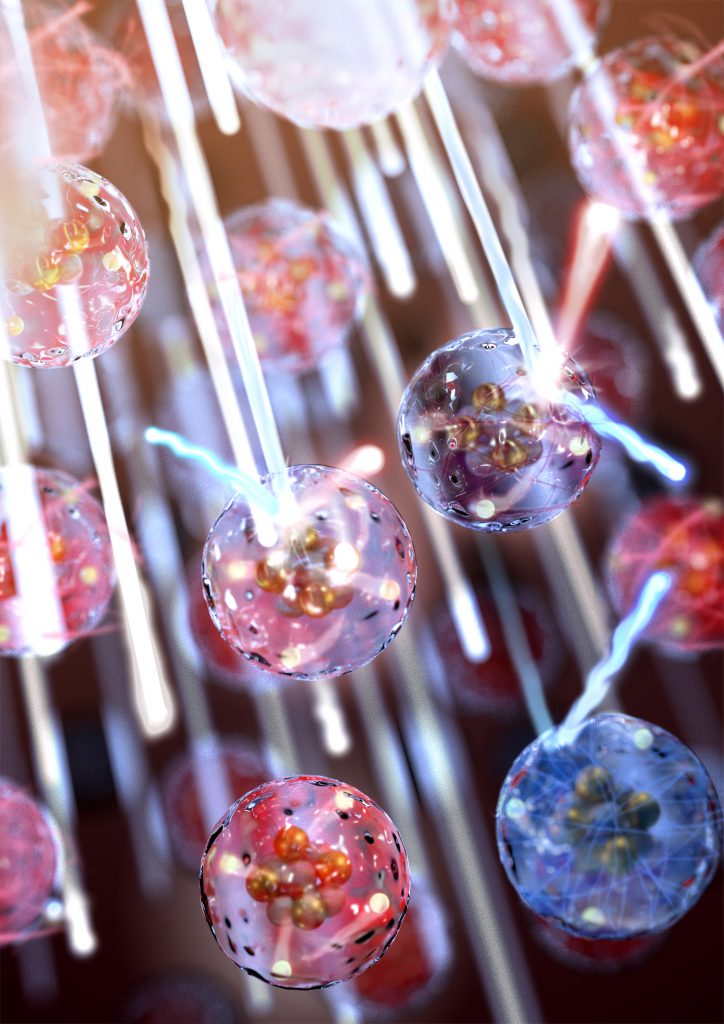- Menu
-
Enhancing Sorghum for Biofuel Production
Food, Energy and Water
-
Getting to the Root of Crop Improvements
Plant Science
-
New Chancellor Envisions Bold Future for Research
Leadership
-
NU FEWS Sparks Innovation in Food, Energy and Water
Food, Energy and Water
-
Closing Achievement Gap for Kids
Early Childhood
-
Enhancing Early Childhood Development
Early Childhood
-
Drones Could Help Fight Fire with Fire
Unmanned Aerial Vehicles
-
Surprising Discovery Contradicts Predictions
X-ray Material
-
Laser Creates Surfaces that Mimic Nature
Laser Research
-
USSTRATCOM Delegation Visits UNL
Defense Research
-
Prospecting with Biosensors at Home or in the Field
Chemistry
-
Gift Creates Johnny Carson Emerging Media Arts Center
Media Arts
-
System Helps Diagnose, Treat Brain Damage
Health
-
UNL Hosts University, Industry Leaders
Industry Relations
-
Momentum Builds on Nebraska Innovation Campus
Economic Development
-
Bioinformatics Focus for NIC’s First Faculty Startup
Bioinformatics
-
Improving Surgery through Robotics
Robotics
-
CD Celebrates Collaboration with Philip Glass
Performing Arts
-
Strengthening Region’s Nanotech Assets
Nanoscience
-
Geospatial Technology Helps Restore Wetlands
Environment
-
Maximizing Innate Talent
Leadership
-
Early Career Awards Boost Promising Research
Honors
-
Research Highlights
-
Accolades
-
Financials
-
Credits
-
On the Cover
- PDF version
Surprising Discovery Contradicts Predictions
What happens when you focus X-ray beams a billion times stronger than the sun’s brightness on a spot 100 times smaller than a human hair? A startling discovery that could lead the way to engineering better materials.
That, and it’s just cool, said UNL physicist Matthias Fuchs, who led the project.
“Discovering something unexpected is always extremely interesting for physicists,” Fuchs said. “This opens a whole new realm of physics.”
He and his colleagues smashed X-ray photons into a metal foil to observe a fundamental process whereby two photons that simultaneously hit an atom are converted into a single higher-energy photon, and an atomic electron is ejected.

The process is extremely rare. Observing it requires an X-ray laser so enormous that only two exist in the world. The team used the LCLS X-ray free-electron laser at the U.S. Department of Energy’s SLAC National Accelerator Laboratory at Stanford University.
What they observed contradicts theoretical predictions that have stood for 60 years – the energy of the generated photon was significantly lower than expected.
It appears the X-rays interact with the entire atom and not just the atomic electron as predicted, Fuchs said. He continues to investigate the surprising results.
The newly observed process has the potential to provide important clues about both the material’s composition and arrangement with atomic spatial resolution.
“This opens a whole new realm of physics.”
“This would give you much more information about the material so you can engineer its properties much better,” Fuchs said. “But right now we are at the very fundamental stage of trying to understand the physics behind the process.”
The research, funded by DOE, was published in the journal Nature Physics. Fuchs won an Air Force Office of Scientific Research Young Investigator Award in 2015 to further his next-generation X-ray research.
His collaborators are at the Stanford Linear Accelerator Center, Stanford University and Bar-Ilan University in Israel.
Additional content
Team observes X-ray phenomenon for first time
